Affiliate links on Android Authority may earn us a commission. Learn more.
Sony PlayStation: Everything you need to know about Sony's gaming consoles

For many people around the world, video games are synonymous with the Sony PlayStation. The Japanese company has been a major player in the home console scene for more than 25 years now, and it doesn’t look to be going anywhere soon with the release of the latest PlayStation 5 console late last year.
Many of you reading this have probably used or owned a PlayStation at some point in your lives, but how much do you really know about the gaming titan? Here’s what you need to know about the Sony PlayStation, from console history to first-party studios and more!
Sony PlayStation brand at a glance
PlayStation as a brand dates back to 1994 when the first PlayStation console came out in Japan. After a failed attempt at teaming up with Nintendo in 1991, Sony decided to release its own console to usher in the 3D era. Thanks to aggressive pricing and a more developer-friendly platform than rival consoles, the PS1 was a huge success, setting up the company to take a spot among the top gaming companies in the world.
Since then, the PlayStation brand has expanded considerably. The PlayStation 5 is the latest home console to enter the mix, with two handheld consoles and several services added to the mix.
PlayStation consoles
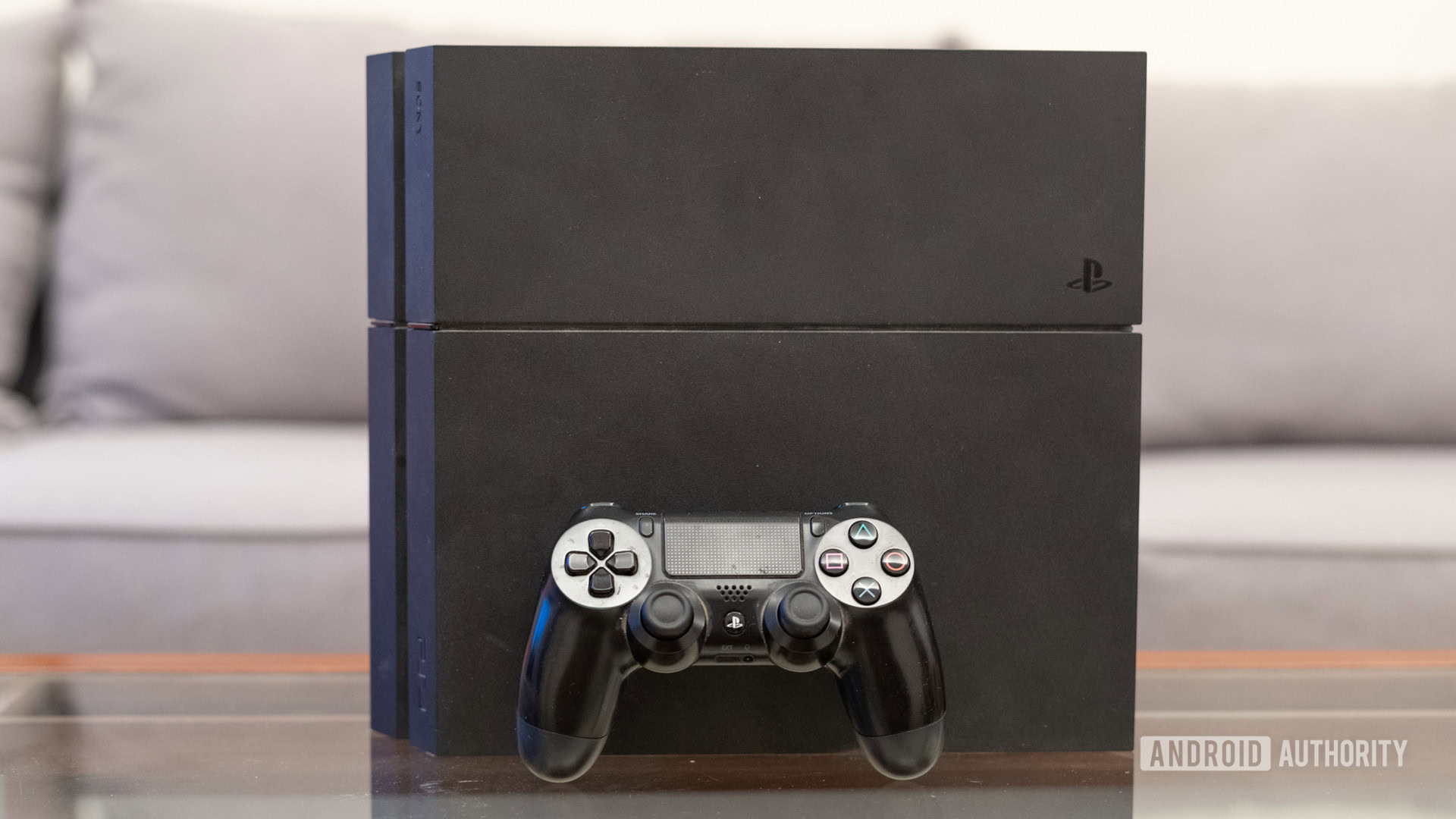
PlayStation 1
The PlayStation story started with 1994’s PlayStation. It popularized 3D visuals at a time when 2D games were the standard on consoles. The first PlayStation also used the CD format, allowing for more game content as well as expansive use of audio tracks and videos. And the console also played audio CDs at a time when the format was at the height of its popularity.
This combination of the CD format, audio disc support, and a relatively friendly development environment made the original PlayStation a smash hit. And it attracted a slew of console-exclusive games at the expense of rival platforms at the time.
PlayStation 2
The PlayStation 2 came along in 2000, and it remains Sony’s most popular console to date. Sony’s second home console had eclectic hardware compared to rivals, delivering good results when developers learned how to take advantage of it. The PS2 also used DVDs as a storage format while supporting playback of DVD movies as well. In fact, a big reason to get a PS2 in the early days was that it was a relatively cheap DVD player compared to standalone units at the time.
PlayStation 3
Sony’s third entry into the home console space was the PlayStation 3 in 2006, and it’s the company’s weakest home console from a sales perspective. The PS3 endured a difficult time during its first year or two on the market, owing to the $499 launch price for the base model, a drought of quality games at first, and multi-platform ports that looked worse than their Xbox 360 counterparts.
More reading: PlayStation history — Every Sony console from PS1 to PS5
The console’s poor technical performance at first was due to its specs, which included a custom-made Cell processor along with seven satellite processing units dubbed SPUs. But price drops, killer exclusives, and developers gradually getting to grips with the exotic hardware resulted in the PS3’s sales picking up in a huge way.
PlayStation 4
Sony would continue this momentum with 2013’s PS4, delivering a beefy yet developer-friendly console that also out-punched rival machines at the time. We also saw a major functional overhaul of the controller for the first time since the PS1 gamepad gained dual analog sticks in 1997. The new controller offered a touchpad, a share button for sharing screenshots and videos online, a lightbar, and an integrated speaker.
Sony and its associated studios also offered plenty of fantastic games for the machine, helping the console to become the second-most popular PlayStation machine of all time. The only real downside to the PS4 is that it wasn’t backwards compatible with PS2 or PS3 games.
We also saw the PS4 Pro launch in 2016, essentially being a mid-generation upgrade rather than the start of an all-new generation. The Pro console offered an upgraded CPU and GPU, which opened the door to 4K gaming via so-called checkerboard rendering (the PS4 generally targeted 1080p resolutions). Many developers patched their older PS4 games to support higher resolutions and/or smoother performance, while new releases also tended to offer enhancements for gamers playing on the PS4 Pro.
PlayStation 5
The proper next-generation experience would arrive in November 2020 when Sony launched the PlayStation 5. The current-generation console is available in two flavors, namely with a disc drive or a digital console without a disc drive.
We also see a massive horsepower upgrade as the new console adopts AMD’s powerful Zen 2 octa-core CPU, as well as support for 4K gaming and ray tracing technology. Another notable upgrade is the Tempest 3D Engine for 3D audio, allowing for more immersive in-game sound. We also get an upgraded controller that offers a number of cool features and the biggest design change in a long time.
But storage is one of the biggest upgrades, as the PS5 uses a cutting-edge SSD with dramatically faster read/write speeds. This has several direct benefits, with lightning-fast load times in open-world games and much smaller game installs thanks to the SSD’s compression tech. It even opens the door for much faster traveling through open worlds.
Handheld
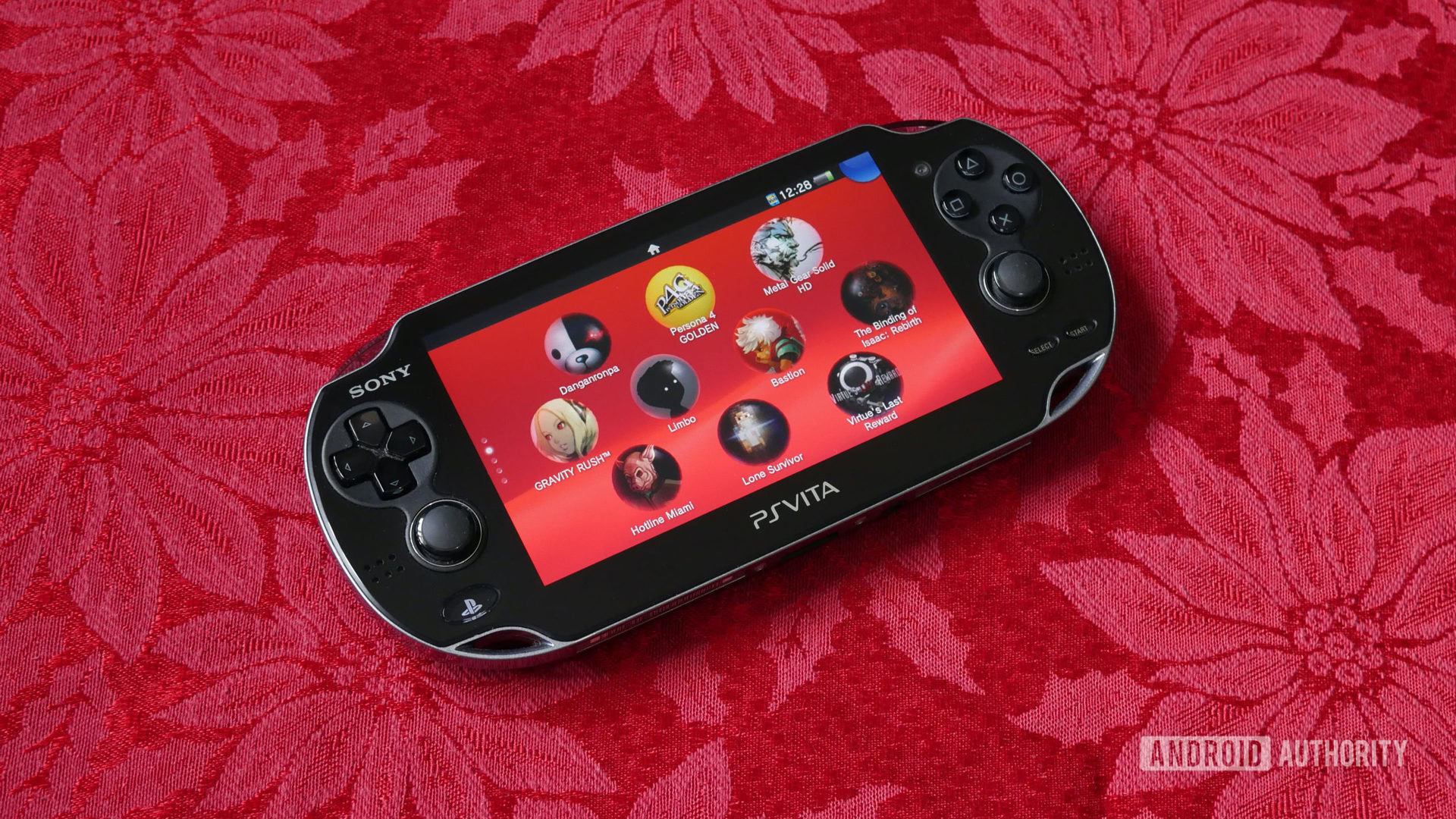
PlayStation Portable
Sony has also offered handheld PlayStation devices, starting with 2004’s PlayStation Portable. The console was a powerhouse compared to the rival Nintendo DS, and often saw PS2 ports of popular games. The machine offered a variety of other features, such as storage expansion via the Memory Stick Duo and Pro Duo format, MP3 support, video playback, and a web browser.
Sony’s first handheld did have a couple of challenges though, with the first being that it became a haven for piracy. The company would constantly play whack-a-mole by trying to patch vulnerabilities with firmware updates. The biggest downside to the PSP though is that it used the UMD format which delivered almost 2GB of storage but also resulted in excruciatingly long loading times.
PlayStation Vita
The PSP’s successor was 2011’s PlayStation Vita, and it’s one of the most impressive handhelds ever made in terms of the spec sheet. Sony’s sophomore handheld gained a gorgeous OLED screen (later models offered an LCD panel), two analog sticks (as opposed to the PSP’s single analog nub), a rear touchpad, and a powerful processor for the time. It even supported PSP game downloads, so you could transfer your digital PSP titles to the new console.
The Vita saw poor sales though, and first-party support dried up. It didn’t help that Sony charged an arm and a leg for its proprietary memory cards. The handheld did become an indie haven of sorts, with a variety of popular indie games seeing ports to the machine.
Sony hasn’t launched a handheld since the Vita, and you probably shouldn’t expect a new handheld anytime soon. PlayStation boss Jim Ryan told Game Informer in 2019 that “clearly it’s a business that we’re no longer in now.” Still, the success of the Nintendo Switch, which is a handheld console that can be docked for TV play too, makes us wonder whether Sony might reconsider this down the line.
PlayStation services
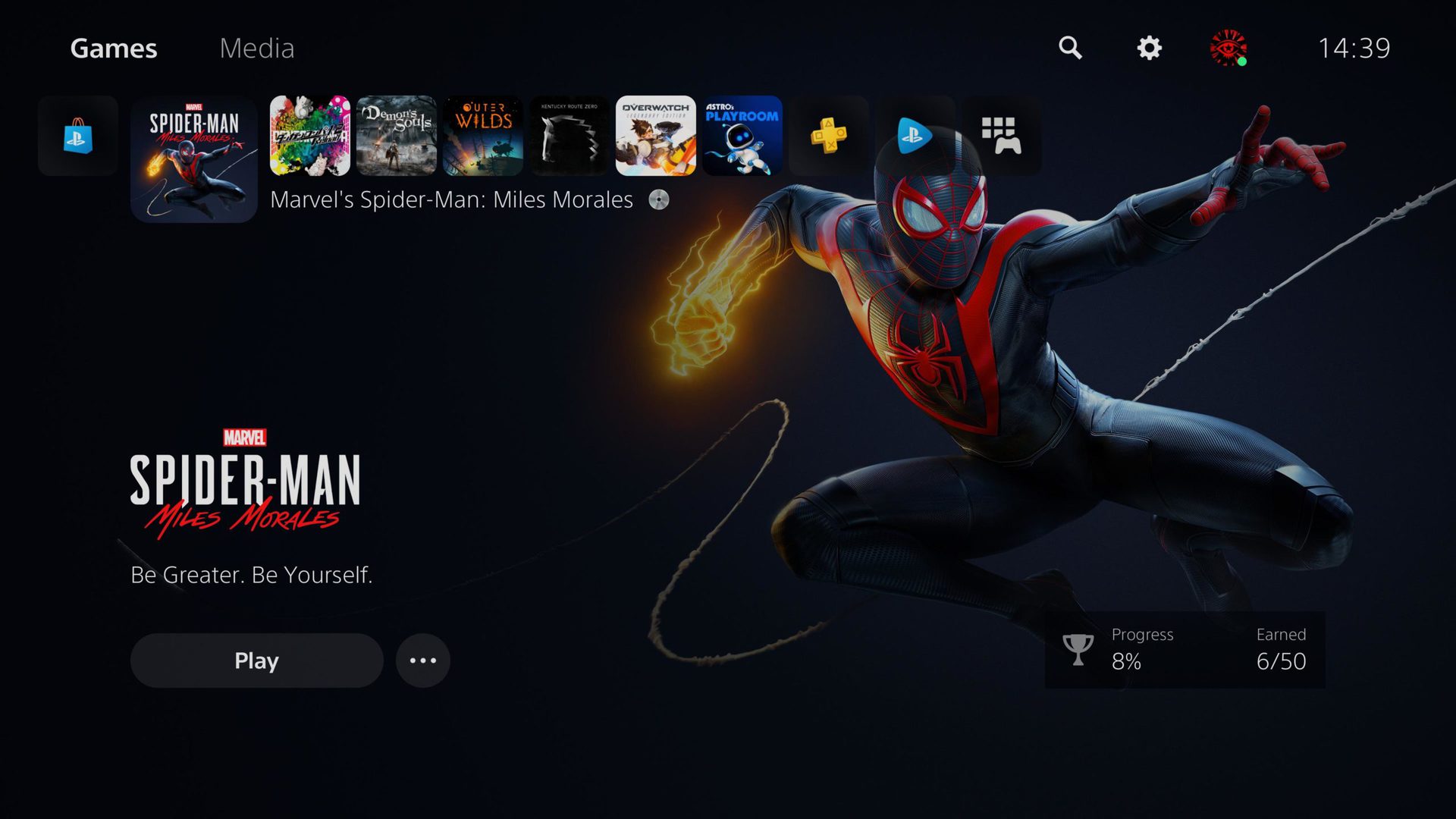
Sony offers a few services on its consoles, starting with the PlayStation Store. This storefront allows users to buy digital versions of games, add-ons for games, access demos, and more.
Another prominent service is the PlayStation Plus subscription service. A PS Plus subscription enables online gaming on PlayStation consoles from the PS4 onwards (the PS3 didn’t require a subscription for online gaming). PlayStation Plus subscribers also receive exclusive discounts as well as two PS4 titles and one PS5 game each month. PS5 owners also get access to a collection of 20 critically acclaimed PS4 titles as part of the subscription.
Sony also offers the PlayStation Now subscription gaming service, allowing users to stream a variety of PS2, PS3, and PS4 titles via the cloud. Thankfully, many PS2 and PS4 games can be downloaded too if the streaming experience isn’t for you.
PlayStation controllers
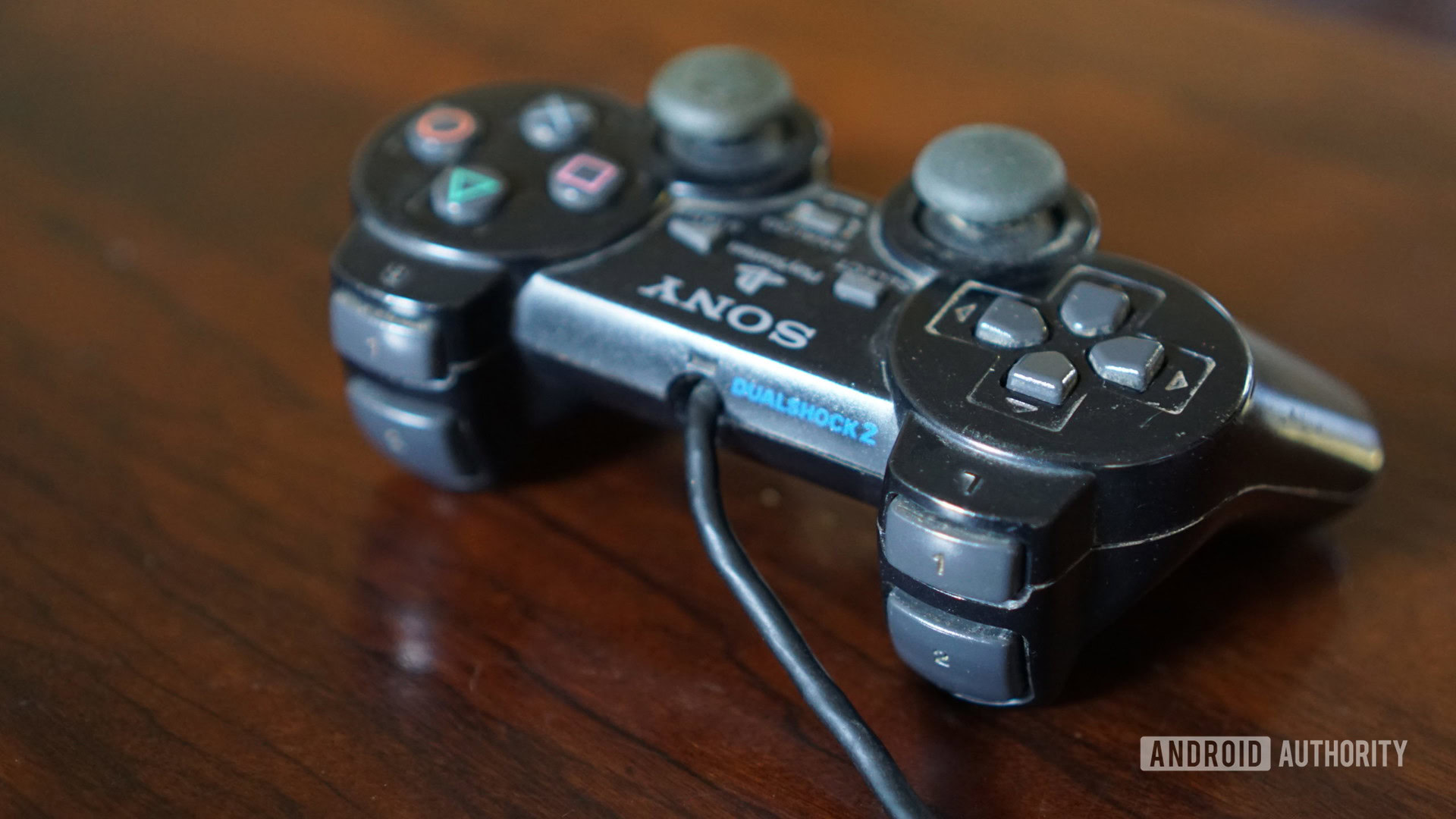
The first PlayStation controller started out as a digital-only affair with no vibration, but the company would add two analog sticks and then vibration a couple of years after the console’s launch. The PS2 generally kept this Dual Shock controller design, but added pressure-sensitive face buttons.
We then saw the PlayStation 3 controller, which switched to wireless connectivity, added a PlayStation button for going to the home menu, and gyroscope functionality. Oddly enough, the initial PS3 controller didn’t have vibration due to a lawsuit. But once this was settled, PS3 controllers gained Dual Shock functionality.
More reading: The best Bluetooth gaming controllers for Android, PC, and more
The PS4 controller delivered a variety of additions, such as a trackpad, a lightbar on the back, a built-in 3.5mm port, and a share button to share screenshots and video clips. But it nevertheless kept the same rough design.
Meanwhile, the PS5 delivered a major design change over prior controllers, opting for a larger, rounder shape and a two-tone color scheme. Other notable changes include L2 and R2 triggers with vibration and varying levels of resistance, a create button instead of a share button, more subtle vibration in general, and built-in microphones.
What about PlayStation accessories?
We’ve seen a variety of accessories for PlayStation consoles over the years too. Newer consoles got lightguns, motion controllers, steering wheels, a PocketStation peripheral (essentially a memory card with a screen and the ability to play mini-games, much like Sega’s VMU), the Eyetoy camera for motion gameplay, microphones for the Singstar series of karaoke games, buzzers for the Buzz quiz games, a mouse, and the utterly bizarre NeGcon twisting controller.
The PS2 also saw two high-profile accessories in the Network Adapter for online play and the hard drive. The latter was only compatible with the “phat” PS2 model via that variant’s expansion bay. Nevertheless, both features are now staples in Sony’s home consoles, as everything from the PS3 onwards has offered both a hard drive and online support.
In more recent times, the PS4 and PS5 have supported expected peripherals like steering wheels, media remotes, headsets, hard drives, and more. But perhaps the most exciting add-on has been the PlayStation VR headset for PS4, bringing virtual reality to Sony’s consoles. It also supports the PS5, but Sony has confirmed that a second-generation headset is on the way for the new console. You can find more PS5 accessories via this link.
First-party PlayStation games and studios
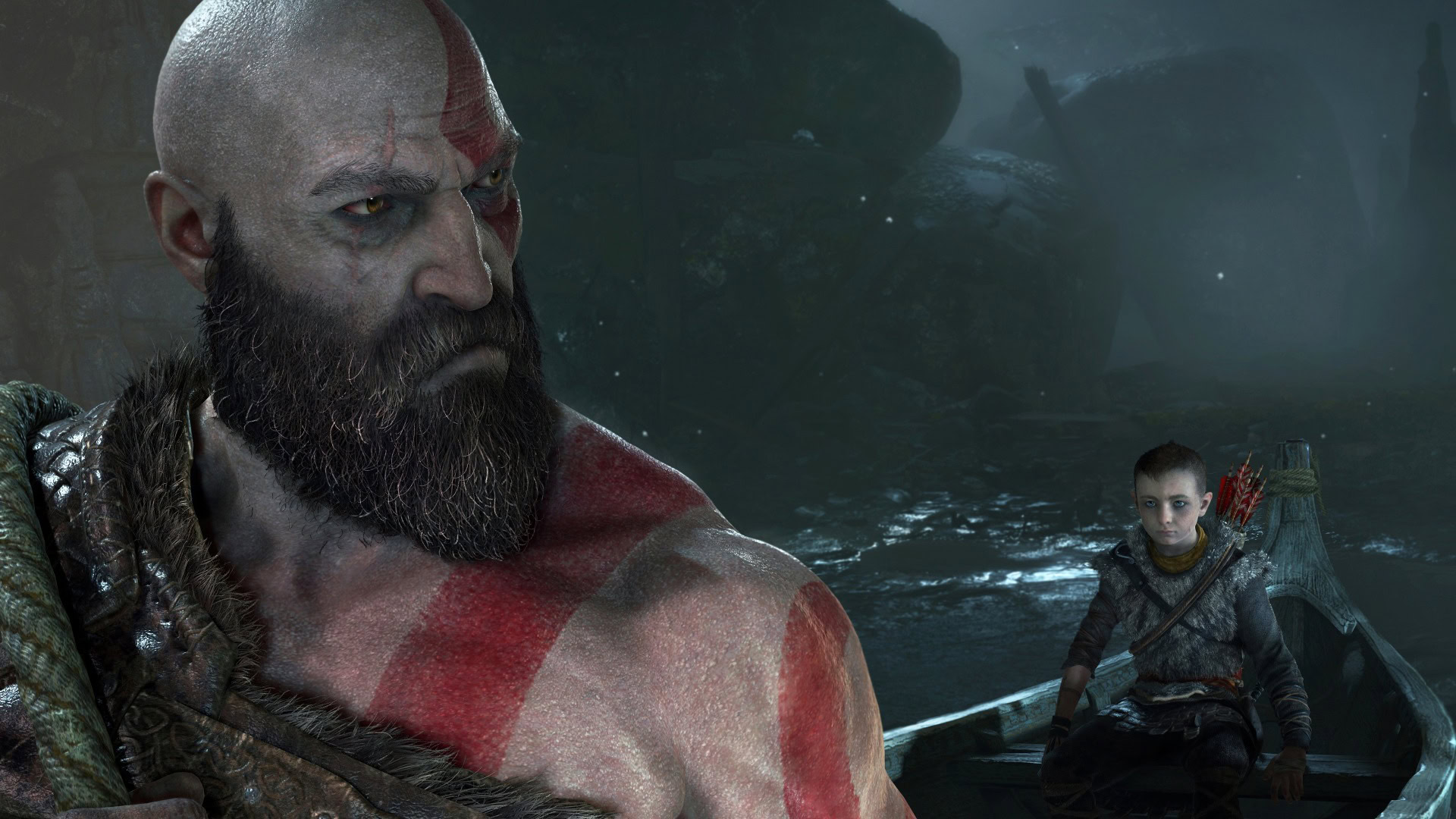
Sony has a variety of developers under its PlayStation Studios umbrella. These studios and their notable games are as follows:
- Bend Studio (Days Gone, Syphon Filter)
- Guerrilla Games (Horizon, Killzone)
- Housemarque (Matterfall, Resogun, Returnal)
- Insomniac Games (Ratchet and Clank, Resistance, Spider-Man, Spider-Man: Miles Morales)
- Japan Studio (Knack, The Last Guardian)
- London Studio (Blood and Truth, Singstar)
- Media Molecule (Dreams, LittleBigPlanet)
- Naughty Dog (The Last of Us, Uncharted)
- Polyphony Digital (Gran Turismo)
- San Diego Studio (MLB The Show, LittleBigPlanet Karting)
- Santa Monica Studio (God of War)
- Sucker Punch (Ghost of Tsushima, Infamous)
- Team Asobi (Astro’s Playroom, ASTRO Bot Rescue Mission)
What makes PlayStation unique?
A big part of what makes Sony’s PlayStation brand so unique is its deep focus on die-hard gamers, delivering plenty of exclusive titles and often offering high-powered consoles for great visuals.
This approach differs from Nintendo, which definitely rivals (if not beats) Sony for exclusive content but tends to skimp on horsepower. Sony isn’t shy about offering content for mature audiences only, while Nintendo prefers to offer games that are suitable for a wide variety of ages (including children).
More PlayStation coverage: Sony PlayStation 5 review — A beautiful, speedy upgrade from last-gen
Sony also tends to offer better and more exclusive games than Microsoft’s Xbox consoles in the last generation or so. But Microsoft’s recent purchase of gaming giant Bethesda and its intention to release a first-party game each quarter means Sony has a major fight on its hands this generation.
Aside from exclusive titles, Sony also enjoys strong support from third-party studios. So you can often bet your bottom dollar that a prominent third-party game will get a PS4 or PS5 port sooner or later.
Notable competitors
The PlayStation platform has had a number of rivals over its more than two decades on the market. In fact, the firm is also arguably responsible for some rivals exiting the space. We take a look at Sony’s biggest and/or most notable competitors in this space.
Nintendo
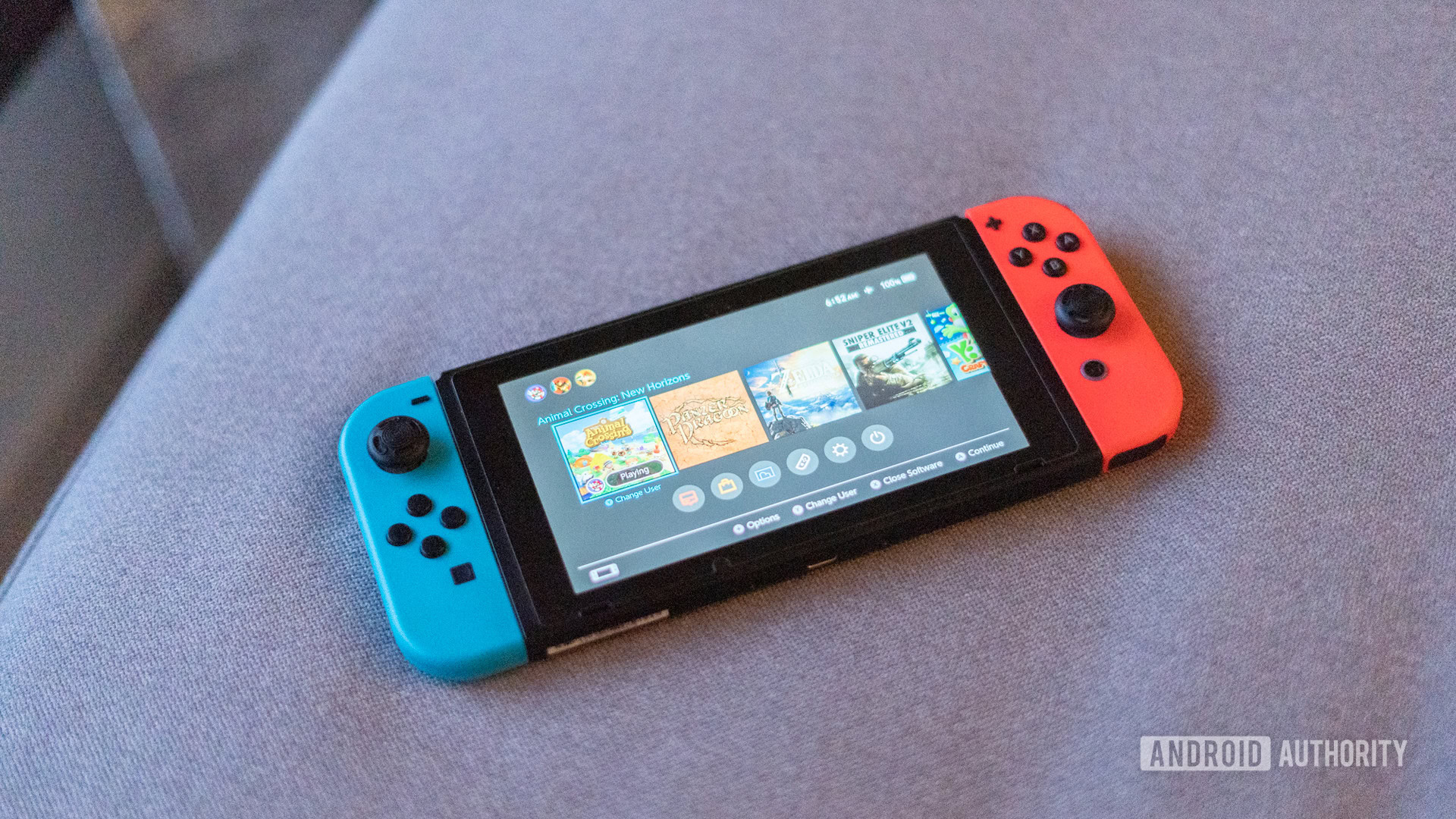
Sony’s oldest rival in the console space is Nintendo, and the rivalry was actually spawned out of a failed partnership between the two in 1991. Nintendo wanted a CD-based add-on to the 16-bit SNES console, and duly enlisted Sony’s help.
Nintendo canceled the deal on the eve of the partnership’s announcement, revealing a partnership with Philips instead. Sony decided to go it alone and continue work on a CD-based console and this resulted in the original PlayStation. Sony’s first console would go on to out-sell the Nintendo 64. It didn’t help that Nintendo stuck to cartridges for its 1996 console either, compared to the cheaper CD format.
Sony would battle Nintendo again in the early 2000s, as its PS2 went up against the Nintendo GameCube. This was less of a fight and more of a drubbing, as the PS2 out-sold the GameCube by almost eight to one (~157 million units versus 21 million units).
Related: Nintendo Switch buyer’s guide — Everything you need to know
Nintendo would strike back in 2006 though, as its Wii became a sales phenomenon and was the most popular console of its generation. It handily beat the PS3 for most of the generation, although Sony did manage to narrow the gap somewhat in its twilight years. This was in large part due to Nintendo’s “blue ocean” strategy with the Wii, targeting gamers and non-gamers alike with the Wii’s motion controls.
Sony would put one over Nintendo with the PS4 in 2013, coming a year after Nintendo launched the ill-fated Wii U console. Unfortunately, the Wii U sold just under 14 million units according to VGChartz. Nintendo would go on to launch the Switch in 2017, and it continues to be a massive success. But the PS4’s multi-year head-start means that Sony’s machine is still the top console in terms of units sold to date.
Microsoft
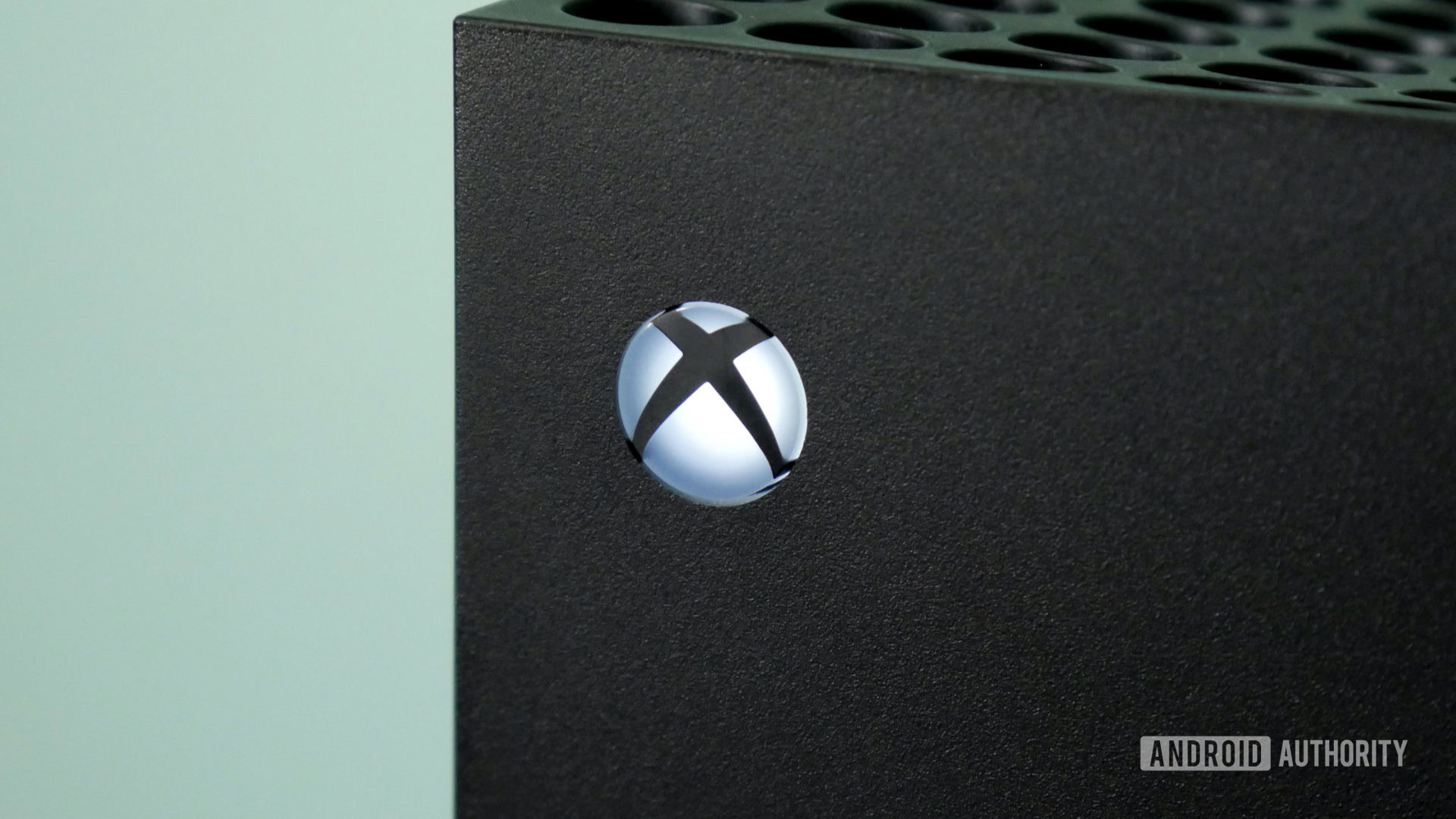
Microsoft is the newest rival to the PlayStation brand, but it instantly made a splash with the 2001 launch of the Xbox. Sure, the PS2 dramatically out-sold the Xbox, but the Microsoft console, in turn, was slightly more popular than Nintendo’s GameCube. In other words, Microsoft managed to supplant Nintendo as Sony’s closest rival on its first attempt.
The Xbox also introduced features like a hard drive that would go on to become a staple in future PlayStation consoles. And it also delivered integrated online connectivity in the machine, exclusively supporting broadband connections. Sony initially offered a Network Adapter add-on for the PS2, but the PS2 Slim delivered integrated network functionality as well. And we’d later see the PS3 offer this support out of the box.
Microsoft’s second console, the Xbox 360, was released in late 2005 and is unarguably the closest it has come to toppling Sony. In fact, the console was actually more popular than the PS3 for several years. This was due to its cheaper price tag, polished online service, and better multi-platform ports as developers initially struggled with the PS3’s exotic internals. But the PS3 would get its act together in the second half of this generation, owing to price drops, enticing exclusives, and third-party studios getting better acquainted with the machine’s idiosyncrasies. This resulted in the PS3 actually edging out the Xbox 360 for total sales, according to some tallies.
More Xbox coverage: What you need to know about the flagship Xbox Series X
2013 saw both Microsoft and Sony launch new consoles, namely the Xbox One and PS4 respectively. And Sony carried its late PS3 momentum through to the next generation, offering an attractively priced console and a stream of must-play games. Microsoft sputtered out of the gate with the Xbox One, which had a more expensive price tag at first and lacked the quantity and quality of exclusives seen on the PS4. Microsoft would be left in the dust in terms of sales, although it did introduce critically acclaimed features like backward compatibility with the Xbox 360 and the popular Xbox Game Pass service.
2020 saw the two titans stand up for another round as Microsoft launched the Xbox Series S and Series X, while Sony launched the PS5 and PS5 Digital Edition. Sony’s consoles are virtually identical to each other, save for the fact that one has a disc drive and the other only supports digital downloads.
Meanwhile, Microsoft’s two consoles offer drastically different specs. The Xbox Series X is comparable to the PS5 in terms of power and offers 4K gaming, a disc drive, and a 1TB SSD. On the other hand, the Xbox Series S targets 1440p or 1080p gaming, lacking in the RAM and GPU categories compared to the Series X as a result. It also lacks a disc drive and uses a 512GB SSD. It’s too early to call this one, and both companies are experiencing stock issues as a result of the global chip shortage.
Other competitors over the years
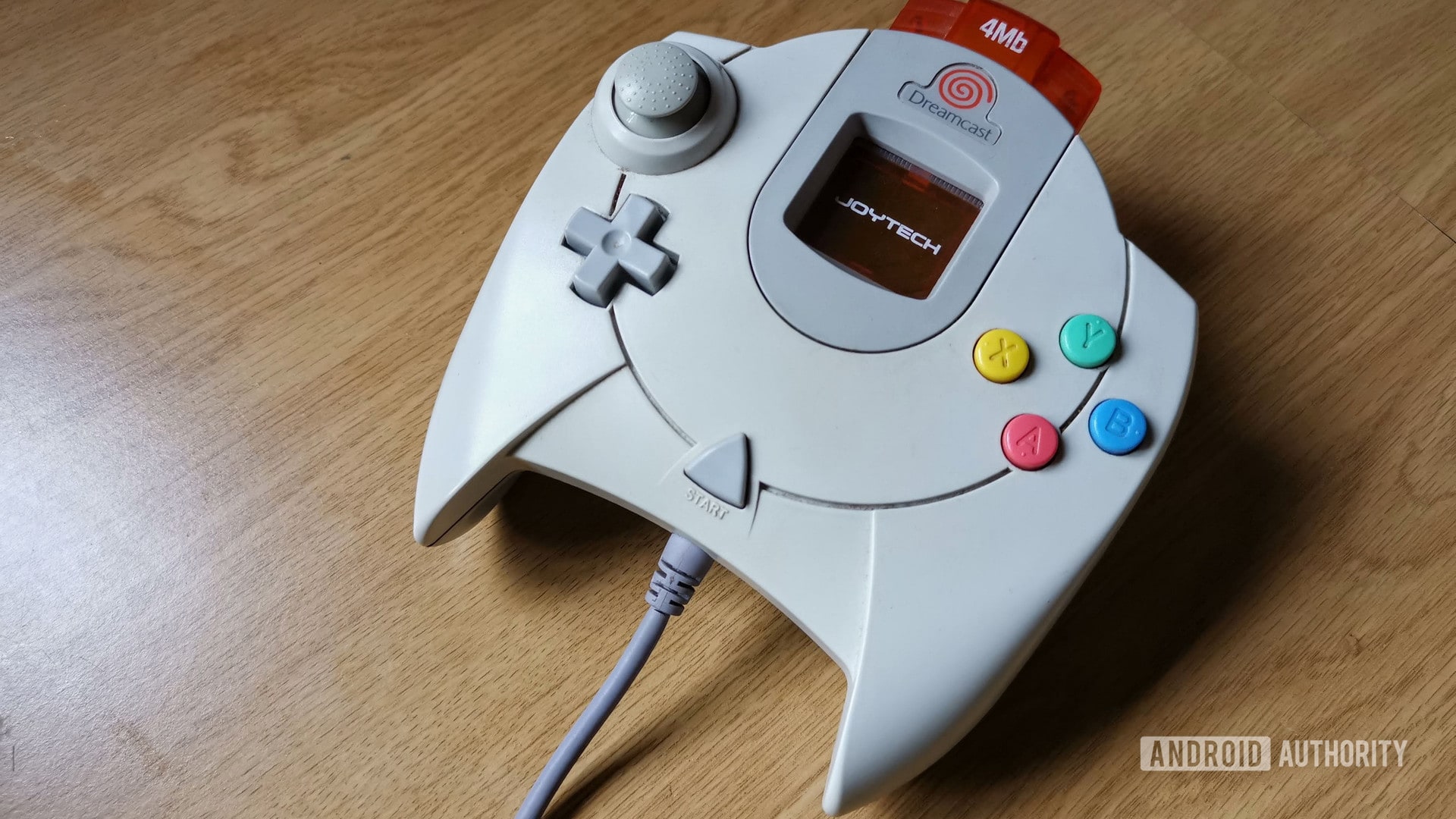
The PlayStation platform had one other major console competitor, and that’s Sega. The company made a huge name for itself in the early 1990s thanks to the Sega Mega Drive console, a generation prior to Sony’s first PlayStation.
Sega’s Saturn was a direct competitor to the original PlayStation in the mid-1990s and marked the first time that these two players would butt heads in this space. Unfortunately for Sega, the Saturn was a distant third place in terms of popularity, lagging behind the Nintendo 64 as well. This was largely due to a lack of developer support (Sega’s console was tough to work with due to its dual CPU design), as well as some consumer apathy after a slew of hardware add-ons prior to the Saturn’s launch.
Sega would go back to the drawing board and launched the Dreamcast in 1998 (1999 in Europe and the US). This was a major step up from the PS1, delivering sharper visuals in multi-platform games and generally wowing gamers with titles like Resident Evil: Code Veronica, Power Stone, and Shenmue. This would prove to be the swansong for Sega, as the arrival of the PS2 combined with competition from Nintendo and newbie Microsoft resulted in disappointing Dreamcast sales.
Sega would exit the hardware business in 2001 as a result of the Dreamcast’s performance, with late Sega president and chairman Isao Okawa investing almost $700 million of his own assets to keep the company afloat (including a 12.5% stake in Sega). Following the Dreamcast’s failure, Sega would release games on Sony, Nintendo, and Microsoft consoles instead.
Best moments in PlayStation history

The decision to go it alone
The PlayStation was originally supposed to be a disc-based add-on for the Super Nintendo in 1991, but Nintendo made a last-minute decision to go with Philips instead. This controversial move angered Sony, but the company eventually chose to channel this anger into creating its own console instead.
The result of course was the first PlayStation, and Sony succeeded at toppling Nintendo on its first try. Interestingly enough, a prototype of the Nintendo PlayStation add-on was auctioned for $360,000 last year.
The PS2 breaks records
Sony generated a ton of hype in the run-up to the PS2’s launch, and the company eventually delivered thanks to a stupendous stream of quality games from first- and third-party studios. From Metal Gear Solid 2, Ico, and Gran Turismo 4 to Ratchet and Clank, Final Fantasy X, and God of War, there was something for everyone.
It seems like everyone bought the console too, as the PS2 became the most successful console of all time in terms of units sold. With almost 160 million units sold, the PS2 is just ahead of the Nintendo DS and sold more than the GameCube and Xbox combined.
PS4 puts Sony back on top
Sony had a major misstep at first with the PS3, but got itself back in order by the tail-end of the generation. The company was still beaten by the Nintendo Wii though. Sony then hit the ball out of the park with 2013’s PS4.
The PS4 fended off competition from the Xbox One and Nintendo Wii U to become the top-selling console of its generation. It also enjoyed a major head-start on 2017’s Nintendo Switch, although there’s a chance that the Switch narrows the gap to the PS4. But it definitely marks a return to form for Sony.
Worst moments in PlayStation history
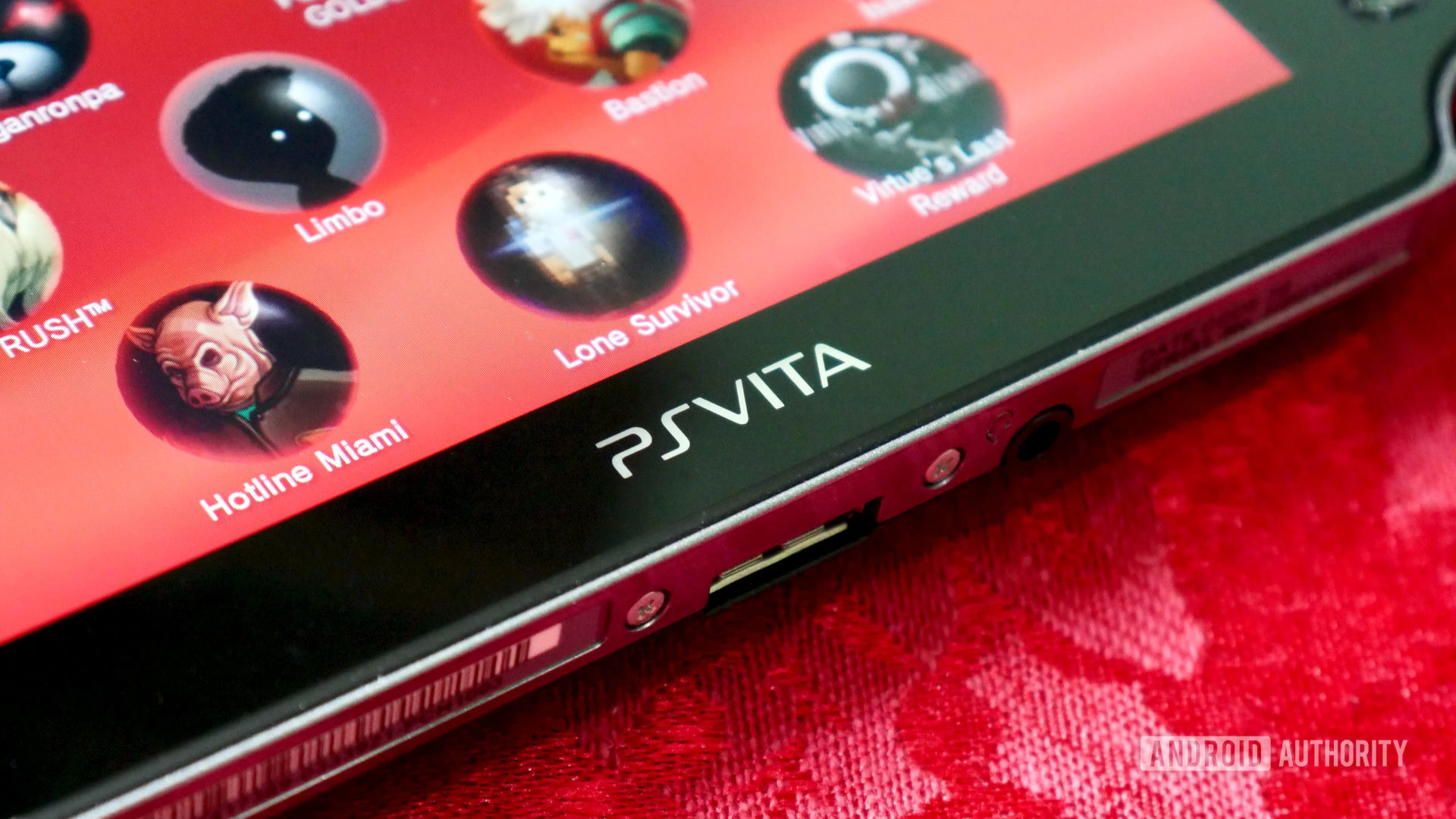
Sony’s arrogance around the PS3
It seemed like the PS1 and PS2’s success went to Sony’s head, and the PS3 was the result of that. The console was massively expensive at $499 (or $599 for the 60GB variant), compared to the Xbox 360’s $299 price tag. It didn’t help when the firm’s Ken Kutaragi reportedly said he wanted consumers to think “I will work more hours to buy one” prior to the price reveal.
Then there was the E3 2005 conference a year before the console’s launch, and that infamous Killzone trailer. Sony claimed the stunning trailer was “real-time footage” running on the console when it was actually a computer-generated trailer for internal use.
Between the price, over-stating the machine’s capabilities, and the exotic hardware that was extremely difficult to work with, the PS3 initially represented a Sony that was out-of-touch with consumers and partners.
PlayStation Network is hacked
Is this the lowest point in PlayStation history? We wouldn’t argue against it at all. Sony’s PlayStation Network was hacked in 2011, with information pertaining to almost 80 million accounts being exposed as a result. Sony only compounded matters by not immediately divulging the hack to users.
The company was forced to shut the PlayStation Network down for almost a month while it secured the service and brought it back online. It was a very ugly affair overall, although Sony gave away free games to users as a form of compensation. It also offered a year of free identity theft protection to users in certain locales.
The Vita gets dropped like a sack of bricks
Sony’s PSP enjoyed a ton of success, but the PlayStation Vita wasn’t in the same boat. The follow-up to the PSP certainly delivered plenty of horsepower and features, but a combo of the Nintendo 3DS, pricey memory cards, and the rise of smartphone games resulted in flagging sales.
Big-name third-party studios ditched the Vita a year or two into its launch. This wouldn’t have been as big a deal if Sony kept releasing first-party titles. Unfortunately, the platform-holder decided to stop releasing games for the Vita too. Sony’s strategy was to attract indie studios and Japanese developers instead, which made the console a niche attraction. Then in early 2021, Sony announced that the PlayStation Store for Vita would be shut down, although it quickly backtracked due to the outcry from fans.
You could argue that Sony was right to drop the handheld at the time, but the Nintendo Switch shows that it’s possible to deliver a successful handheld console, melding this form factor with TV support.
Other FAQs
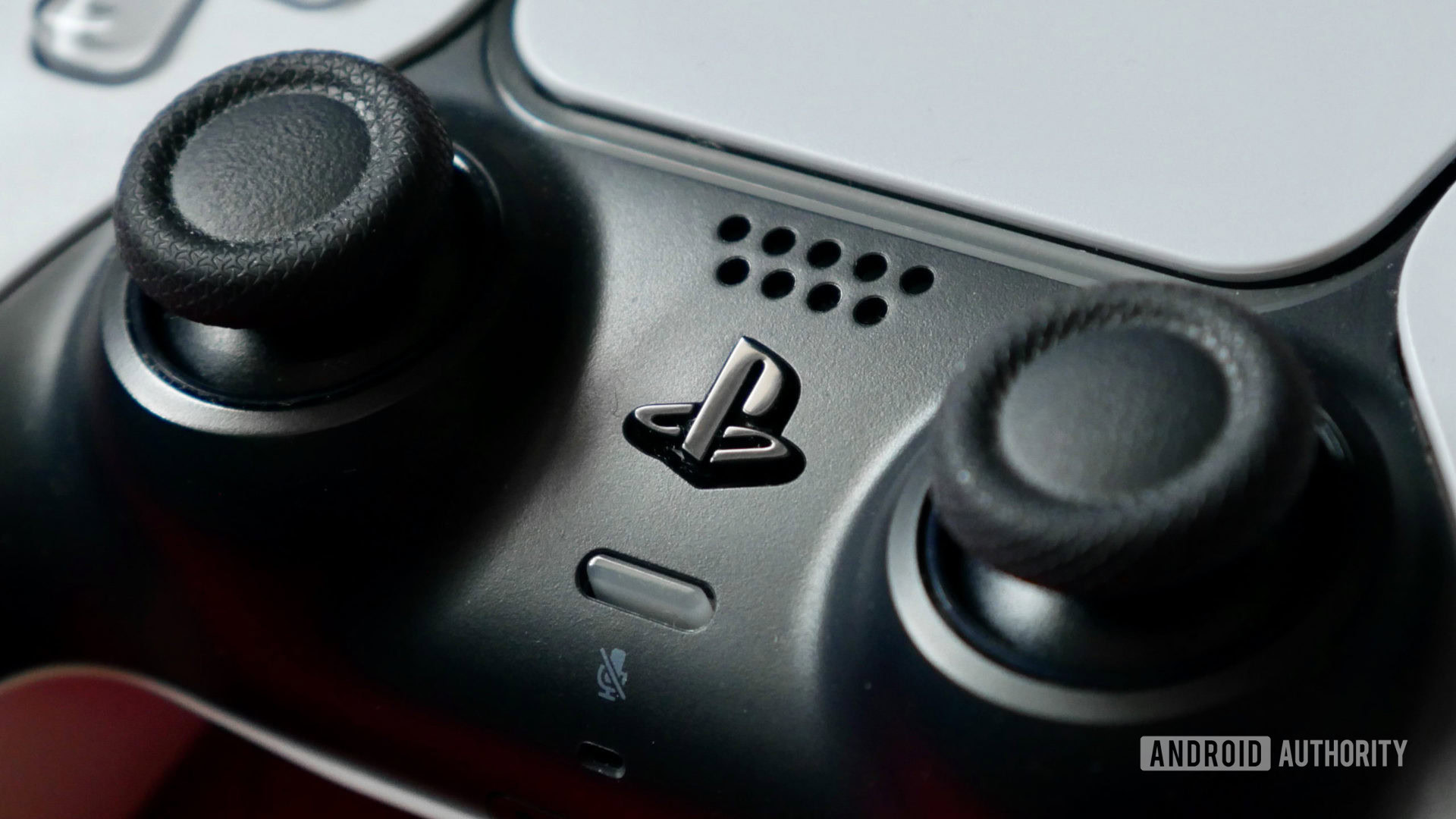
Q: Which PlayStation consoles are backwards compatible with older PlayStation games?
A: The PS2 plays PS1 games, while the PS5 plays PS4 games. The PS3 is in a complicated situation as all PS3s play PS1 games but only the early consoles play PS2 games. The PS4 isn’t backwards compatible with any older PlayStation games, although you can download select PS2 Classics from the PlayStation Store. The PS4 and PS5 also support the ability to stream PS2, PS3, and PS4 games via the PlayStation Now service, but this generally requires a decent internet connection and is limited to a number of markets. You can view this article for more info.
Q: Does Sony have an all-you-can-eat gaming service like Xbox Game Pass?
A: The closest thing to Game Pass on PlayStation consoles is the aforementioned PlayStation Now service, but it relies on streaming for many games. In saying so, you can download a variety of PS2 Classics and PS4 titles and play them locally instead. Hopefully, we see this latter functionality expanded to way more countries, forming the backbone of a proper Game Pass rival.
Q: Are PlayStation consoles region-free?
A: The PS1 and PS2 aren’t region-free out of the box, but the PS3, PS4, and PS5 do indeed allow you to play games from any region. Physical games from another region will generally work without fuss, but you’ll need to create a PlayStation account for a desired region if you want to download games/redeem codes from that market (e.g. a Japanese account if you want to download games only released in Japan). Things do get a bit complicated when it comes to downloadable content, as the content needs to match your PlayStation account. So even if you bought a physical copy of a game from outside your region, you’ll need a PS account from that region to purchase or redeem the DLC.
Q: Do PlayStations support cross-platform play (e.g. with PC or Xbox)?
A: The PS4 and PS5 do support cross-platform play with some games. Compatible titles include Call of Duty: Warzone and Modern Warfare, Fortnite, Knockout City, Minecraft, Rocket League, and War Thunder. The PS3 has by and large not supported cross-platform play with rival consoles.
Q: Do you keep claimed PlayStation Plus games if your subscription expires?
A: No, you lose access to games claimed as part of the PS Plus monthly giveaways if you don’t renew your subscription. You will however regain access to them if you resume your subscription.
Q: Are PlayStation consoles better than Xbox?
A: PlayStation consoles generally offer more blockbuster exclusives than Xbox machines, but Microsoft still offers exclusive franchises like Forza Horizon, Forza Motorsport, Gears of War, Halo, and the Ori series (although the latter is on Switch too). Xbox consoles also enjoy the Game Pass service, which is essentially like Netflix for games. And new first-party releases come to the service on day one. Sony has the PlayStation Now service, but it’s not available everywhere and not all games can be downloaded and played locally. Ultimately, it boils down to which games you prefer and whether you’re willing to spend $60 to $70 on new releases (although there are always deals around).
Q: Which consoles play CDs, DVDs, and/or Blu-Ray discs?
A: All PlayStations up to and including the PS3 support audio CDs, but the PS4 and PS5 don’t offer this feature. All PlayStations from the PS2 onwards support DVDs, but the PS1 doesn’t have this capability. The PS3, PS4, and PS5 support Blu-Ray movies, but the PS2 and PS1 don’t offer this function. In other words, the PS3 is the only console out of the lot that supports all three multimedia discs. It goes without saying that the Digital PS5 doesn’t support multimedia discs at all.
Q: Can I use my PlayStation controller on a PC?
A: The PS5 controller works just fine on PC via Bluetooth or a USB cable, but some features like the resistant triggers and more granular haptic feedback aren’t supported. The PS4 controller also generally works fine. Unfortunately, the PS3 controller is a more hit or miss experience, as it’s supported in Steam but requires a third-party app called ScpToolkit to function correctly outside Steam.